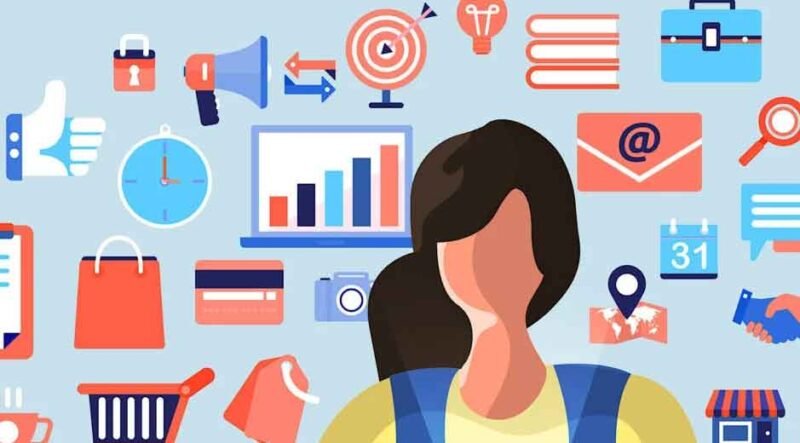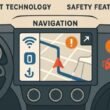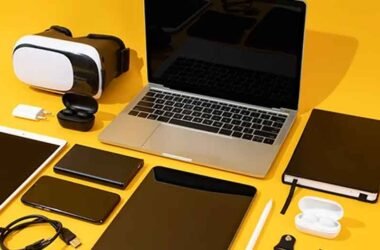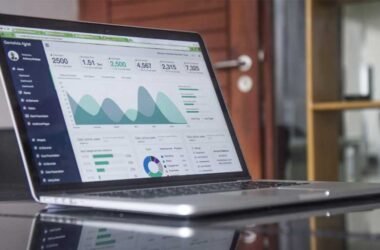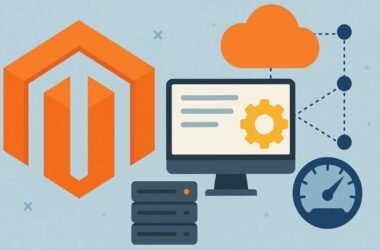Picture this: you’re standing in front of a wall of energy drinks at the store, trying to pick just one. There are dozens of options, all promising to give you that boost you need. Yet somehow, your hand reaches for the same brand you always choose, or maybe today you grab something completely different. What just happened in your brain during those few seconds? The answer is way more complicated than you might think.
Your Brain Makes Decisions Before You Even Realize It
The human brain processes information incredibly fast when making purchasing decisions. Within milliseconds of seeing a product, your subconscious mind has already started forming opinions based on colors, shapes, and familiar patterns. This happens so quickly that you often don’t even notice it’s happening. Your conscious mind thinks it’s carefully weighing options, but really, your brain has already done most of the heavy lifting.
Colors play a huge role in this split-second judgment. Red tends to grab attention and create a sense of urgency, which is why you see it on so many sale tags and fast food logos. Blue suggests trust and reliability, making it popular for banks and healthcare brands. Green signals freshness and health, explaining why it dominates the organic food section. These aren’t accidents—companies spend millions researching exactly which shades will make you feel the right emotions.
Size Matters More Than You Think
The size of a product’s packaging sends powerful psychological signals that influence your buying decisions. When beverage companies choose containers, they’re not just thinking about how much liquid fits inside. They’re considering how the size makes you feel about the product and what it says about your lifestyle.
Take the beverage aisle, for example. Those small 8-ounce cans feel precious and controlled, perfect for people who want portion control or a quick energy boost. The large 20-ounce bottles suggest value and satisfaction, appealing to people who want to feel like they’re getting their money’s worth. But there’s something special about the middle ground—products in 16 oz cans hit that sweet spot where the size feels substantial without being overwhelming, which is why this size has become so popular across different drink categories.
Your brain also uses size as a shortcut to judge quality and value. Bigger often seems better, even when it’s not necessarily true. This is why some premium products actually come in smaller packages—the scarcity makes them feel more valuable and exclusive.
The Power of Familiarity vs. Novelty
Your purchasing decisions constantly balance two opposing forces: the comfort of familiarity and the excitement of trying something new. Most of the time, familiarity wins. When you’re tired, stressed, or in a hurry, your brain defaults to choices it recognizes because they require less mental energy.
This is why grocery stores put the most popular brands at eye level—your brain can quickly spot them without having to work too hard. But stores also know that some shoppers actively seek novelty, so they create special displays for new products or put them in unexpected places to catch the attention of adventurous buyers.
Brand loyalty develops through repeated positive experiences, but it also grows stronger through something called the mere exposure effect. The more often you see a brand, even if you don’t buy it, the more your brain starts to prefer it. This explains why companies spend so much money on advertising—they’re literally training your brain to feel comfortable with their products.
Social Proof Drives Decisions
Humans are naturally social creatures, and this shows up strongly in purchasing behavior. When you can’t decide between two similar products, you might look for clues about what other people choose. Empty shelves suggest popularity, while full shelves might make a product seem less desirable.
Online reviews have become a major form of social proof, but even in physical stores, your brain looks for signals about what others prefer. Product placement itself serves as social proof—if something is featured prominently or given prime real estate, your brain assumes it must be popular or high-quality.
The Role of Emotions in Rational Decisions
Even when you think you’re making a completely logical choice based on price, ingredients, or features, emotions are still pulling the strings behind the scenes. A product that makes you feel sophisticated, healthy, or successful has a huge advantage over one that doesn’t trigger any emotional response.
Smart companies understand this and design their packaging, marketing, and even their product names to evoke specific feelings. The goal isn’t just to inform you about what the product does—it’s to make you feel a certain way about yourself when you use it.
Making Sense of Your Shopping Habits
Understanding these psychological triggers doesn’t mean you should feel manipulated or foolish for falling for them. These mental shortcuts actually help you navigate a world with overwhelming choices. Without them, you’d spend hours trying to decide between nearly identical products.
The next time you’re shopping, try paying attention to what draws your eye first, how different package sizes make you feel, and which products make you think about the person you want to be rather than just what you need. You might discover that your purchasing decisions reveal more about human psychology than about the products themselves.
Your brain is constantly working to help you make choices that feel right, combining practical needs with emotional desires and social influences. That’s not a weakness—it’s actually a pretty amazing system for dealing with the complexity of modern consumer culture.



